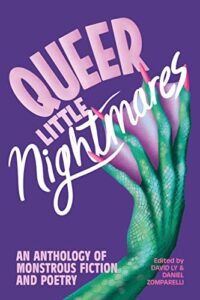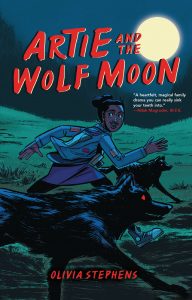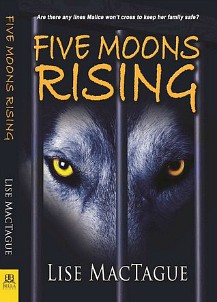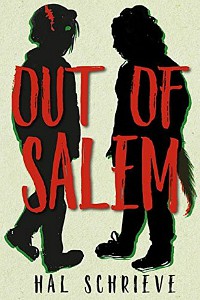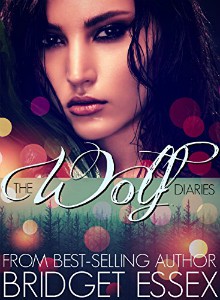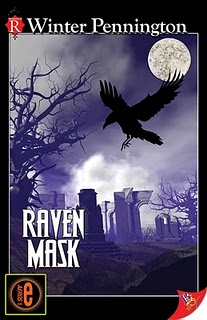Amazon Affiliate Link | Bookshop.org Affiliate Link
Queer Little Nightmares, an anthology edited by David Ly and Daniel Zomparelli is a fun and sometimes terrifying collection of queer horror writing. The Lesbrary was provided with a review copy, and I was more than happy to spend time with this collection. Queer Little Nightmares let writers experiment with queerness and horror in a variety of ways. I highly recommend getting your hands on this one if you want some innovative horror writing.
As with any anthology, some stories caught my attention more than others, with my favorites being “Wooly Bully” by Amber Dawn and “Glamour-Us” by Andrew Wilmont.
“Wooly Bully” is a story about coming of age, queer awakenings in a small town, and werewolves. I absolutely loved all the sensory details, the limits of the narrator’s community, and how deeply she feels within that setting. The enforced gender roles as they learn agricultural skills, the way she is put off by the boys but is fascinated by Brenda, the slow realization that the feelings are real and reciprocated—it is a delightful story of teenage growth and queer desire, and the setting was filled in to perfection. The sort of story where the 4-H fair culture of my youth is turned slightly on its head.
“Glamour-Us” is at the other end of the spectrum, about a future where it is possible, for enough money, to purchase either a synthetic body or a self-projection that can be customized, with the rich of course using it as a form of eternal youth. Within the LGBT community though, there is immediate debate as to whether that sort of glamour is a brilliant way for people to transition without struggle or for people to experiment or for people who don’t see themselves as one particular gender and want to flip between projections, and whether such technological assistance is exploitive and something the community doesn’t need. I think the story does a great job of bringing into a short story both an echo of “Dr. Jekyll and Mr. Hyde but make it trans,” the sort of inner community debate that would absolutely happen in these circumstances, and how the threat of bigotry is still a horror that always lurks, no matter the technology.
But I enjoyed much of this anthology, and it’s the sort of collection where everyone will have immediate favorites but those favorites will be wildly different. This plays to the biggest strength of this collection which, in my opinion, is the whole range of horror presented, in both prose and poetry format. Horror and monster standards such as werewolves, devils, and creepy carnivals make appearances, but authors also explore how horror interacts with queerness in novel ways, from body horror to love and desire. The editors put together a stunningly broad collection that doesn’t leave you bored. I never knew what sort of story was coming next, and it was a very fun read. I also appreciated that they included both short stories and poetry. I think it presented a varied picture of the complex themes and manner queerness interacts with horror.
In conclusion, if you’re a horror fan you could certainly do worse than picking up Queer Little Nightmares. The range of material gives full scope to queer imagination, and perhaps you will discover new fav authors to follow in the future.
Content warnings: It’s hard in an anthology, particularly a horror anthology, to be comprehensive with warnings but you will find gore, bigotry, body horror, cannibalism, sexual assault, and death at various points within this collection.

